Why is Marketing important in the point of sale
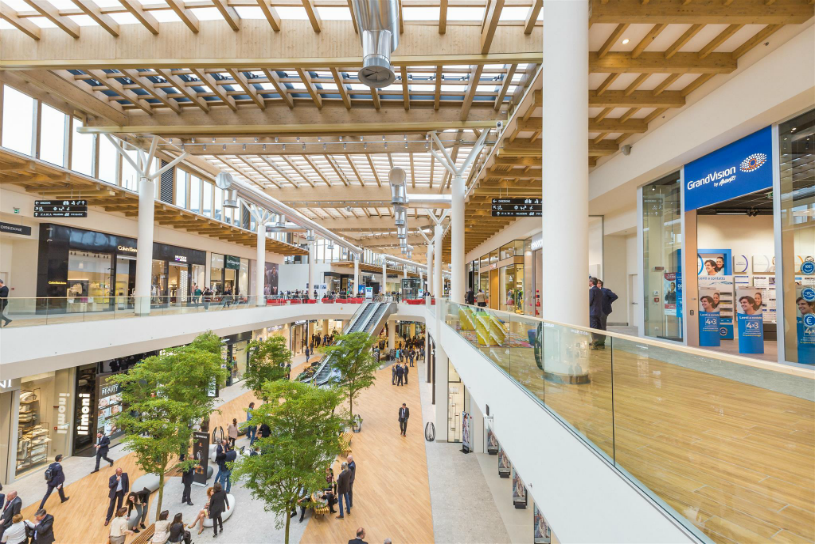
When talking about merchandising a major quote reads: “A good merchandising: the last persuader. A bad merchandising: the last dissuader”. And given the fact that recent studies have shown that about 70 % of purchase decisions are made inside the point of sale, it follows that adopting marketing strategies in the point of sale is important to stimulate the consumer's decision-making process.
How can we plan this? What does marketing in the point of sale entail? This article contains some of the guidelines that can prove useful to those who intend to re-assess their marketing strategies in their point of sale.
Marketing is not only on the Web
Walking into a shop and buying a product means performing a daily action that translates into an emotional experience. If we start from this pre-condition, we can guess how important it is to implement marketing actions in the point of sale that will make it possible to create the right atmosphere.Why is the atmosphere so important during a shopping experience?
- A pleasant atmosphere inside the point of sale enables customers to enjoy a positive experience
- Enjoying a positive experience, in turn, generates what is defined as a “point of anchorage” in customers' minds
- The point of anchorage enthuses a feeling of safety and trust and when a customer will need to buy a certain product, he/she will return to the shop where he/she felt at ease
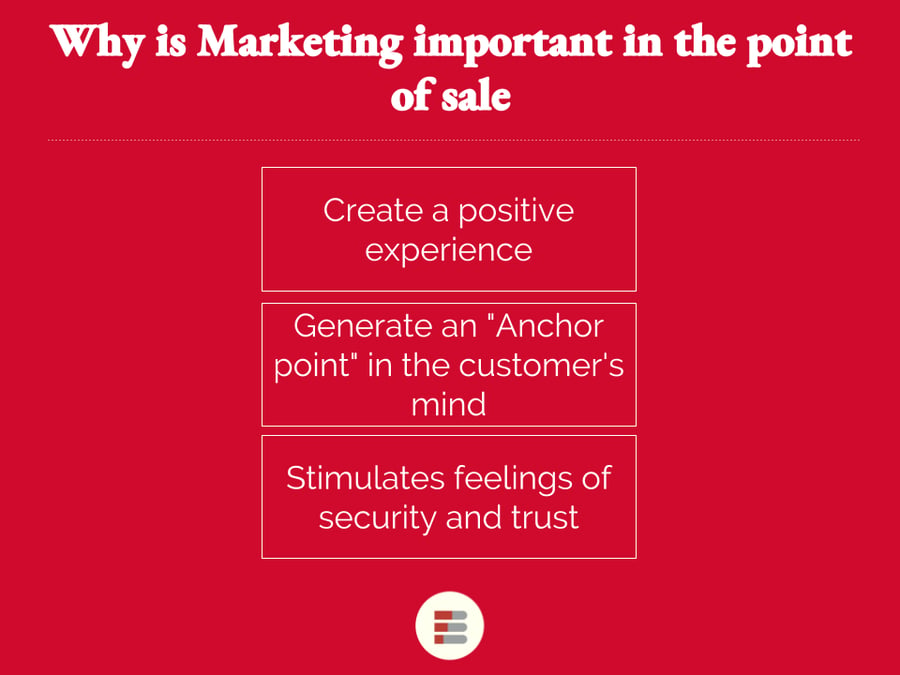
The growing competitiveness that characterizes today's market requires an ever bigger attention to precise differentiation choices that mostly focus on a customer-centric approach. This is the reason why the point of sale is increasingly becoming the favored ground for marketing.
Each of us is used to walking into a shop and finding shelves of products that are more or less stored up and more or less well-stocked up. When we act as consumers, we hardly realize that in fact, any point of sale is much more than just a storing space, in which products are stored without a precise logic whereby the display has been studied according to the sole criteria of the amount of space available in order to make the most rational use of it possible.
If we act as shop-keepers, we have to know which techniques to adopt in order to remain competitive on the market and, given the pre-conditions stated in this article, advertising on the social networks and on the Internet is not enough; quite the contrary, it could be the result of wrong investments, especially when the image circulated on the social networks and the image of reality are not coherent with one another.
So in this article we'll see how this major marketing strategy can complement any communication made on-line to become a very powerful communication tool.
Three steps to improve marketing in the point of sale:
1. Creating the right atmosphere in the point of sale
2. The architecture of the point of sale
3. The importance of merchandising
1. Step one for an effective marketing in the point of sale: the atmosphere
We've just mentioned the atmosphere in the point of sale, but we haven't given a detailed explanation of what it entails. The atmosphere in a point of sale is a sensation, it does not make any noise, but it is something that people perceive at first glance.This particular sensation is activated by our senses:
- Sight: which is activated by the different dimensions, shapes and also by the brightness of the place and by the prevailing color scheme
- Sound: which is activated by the sounds inside the point of sale and which may depend, for instance, upon how many customers there are compared to the space available or the background music, if any
- Smell: which is activated by the smells, scents and perfumes present in the point of sale
- Touch: which is primarily activated by the temperature and secondly by the different textures, shapes, contact with objects inside the store
- Taste: which, in many shops, can be activated by some free tasting sessions, as an example
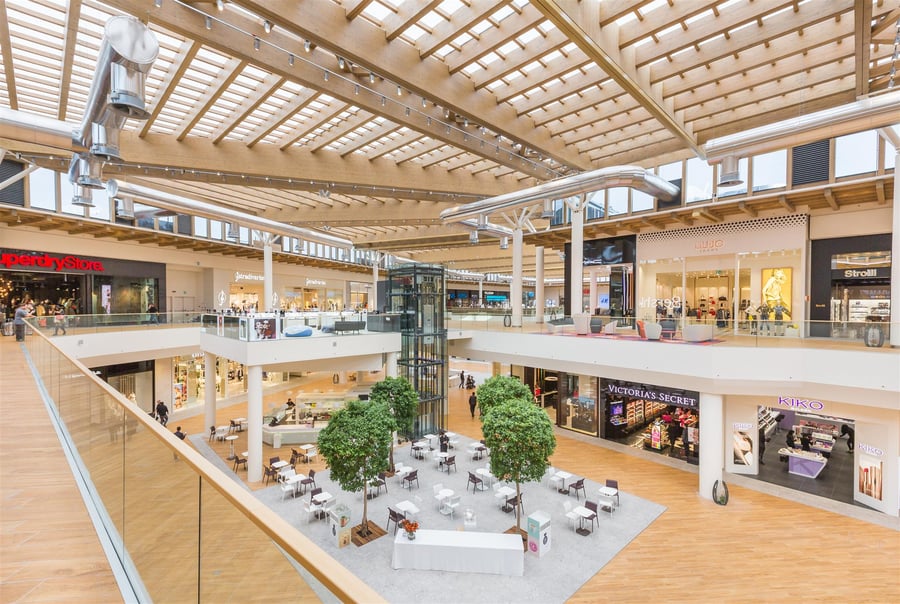
As we were saying in the introduction of this article, using the senses to generate positive sensations in our customers will enable us to create a long-lasting positive experience in them and this memory will, in turn, induce them to return and make further purchases in our point of sale.
2. Step two: the architecture of the point of sale
The atmosphere of a point of sale is silently created by stimulating all five senses, but not only. In practice, the atmosphere of a point of sale also stems from the relation created between some intangible elements, which we've mentioned before, and some tangible elements that create the image of the store through a process of communication.
Which are these tangible elements?- Entrance, façade, shop sign, parking facilities, context, shop window, architecture and everything that is outside the point of sale and that enables identification in our customers' eyes.
- Elements of design, flooring, fittings, lights, perfumes, music, color scheme, images and everything that is inside the point of sale.
- Space layout, i.e., how the display space is laid out. Space layout can be divided into shop-fitting and merchandising layouts. The shop-fitting layout refers to a wide range of fittings such as checkout counters, shelving systems, credit desks and all the equipment present in a point of sale. The merchandising layout refers to the way goods are arranged in the point of sale.
- The Display refers to the way goods are stored and displayed in order to generate the right impulse that will lead to the actual sale of the products on display. Having the right display in the shop means, among other things, that customers are informed and willing to stop in front of the products on display, thus by appealing to customers, it makes the purchasing process simpler and easier.
3. Step three: Merchandising, techniques and strategies
Merchandising is the term that refers to all those actions that are implemented to optimize profits in a point of sale, by building a fidelity relationship with customers. This strategy can refer to:- Marketing of the point of sale: i.e. all those actions aiming at making the point of sale more distinctive and more appealing to customers
- Marketing in the point of sale: i.e. the factors that define the actual features of the point of sale.
- Optimizing space inside the point of sale through product display
- Improving customer service through a suitable display
- Stimulating the sensory components to impact customers' purchasing behaviour
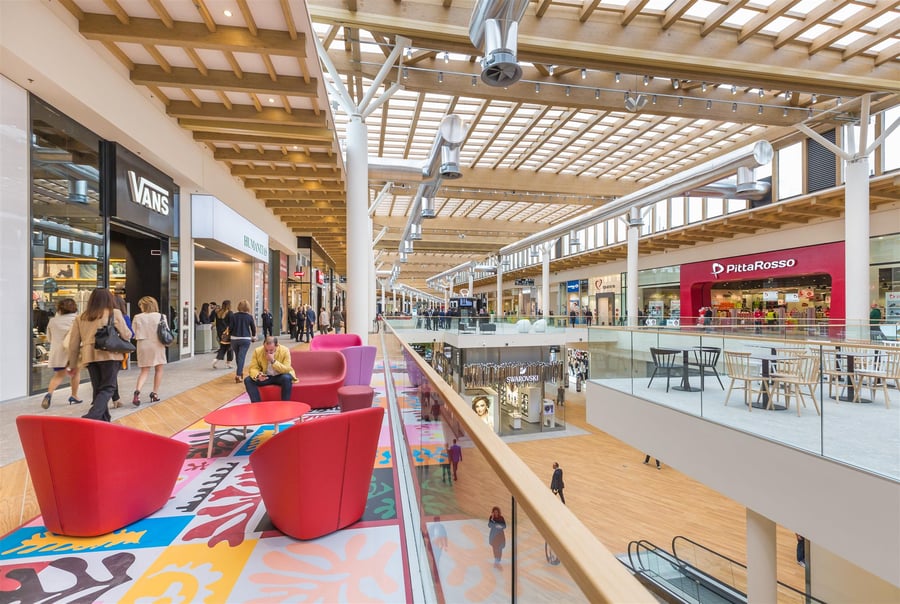
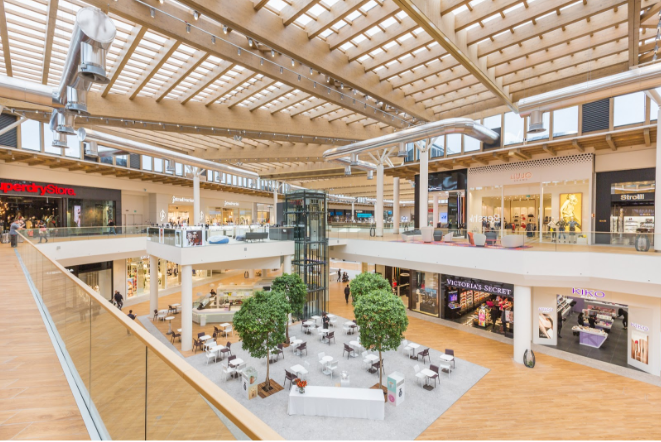
Conclusions
We've analyzed some layout techniques and provided some in-depth knowledge of the concept of marketing in points of sale through some basic guidelines.
Adopting marketing techniques in the point of sale is a slow and gradual process that should not be improvised because it focuses every action on the emotional dimension of space ad on the effect of the settings through a strategic use of mechanisms that activates all five senses.
 previous news
previous news





